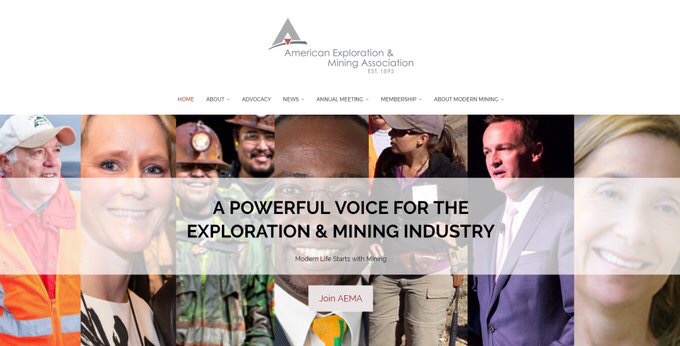In a recent article, the Financial Times zeroes in on one of the metals followers of ARPN will know is becoming increasingly indispensable to 21st Century clean energy technology: Cobalt.
Once an obscure metal you rarely heard about, this co-product of Nickel and Copper is increasingly afforded “critical mineral status” – primarily because of its application in Lithium-ion battery technology.
The Financial Times calls out electric carmaker Tesla for only once mentioning the word “cobalt” in a 111-page draft prospectus for a proposed $1.5bn senior note offering:
“This cursory mention of the electric carmaker’s dependence on the metal must have passed a formulaic test of what securities laws require. It may not, however, pass a laugh test among those familiar with the Democratic Republic of Congo, which accounts for more than 60 per cent of world cobalt production and is the principal prospective source of new supply. Tesla has always been a company of the future funded by investors’ equity. The problem with a debt issue (the $1.5bn note matures in 2025), is that there is a more certain date with material reality.
It has become more apparent that cobalt supply could be the choke point for the mass production of electric vehicles that are capable of replacing the standard car or light truck.”
The Financial Times piece correctly argues that the most significant barrier to EV mass production is not so much price – even though prices have indeed soared – it is the availability of supply. As we have previously pointed out:
“On a global scale, 93 percent of the Cobalt refined in China – the world’s biggest Cobalt consumer – originates in the DRC, which, at 3,400,000 metric tons, is also home to the world’s largest Cobalt reserve.
Roughly 62 percent of global refined Cobalt is sourced in the Democratic Republic of Congo (DRC), where production conditions involving involve child labor and poor environmental standards in some instances, have invited sharp criticism, but have prompted tech companies to re-evaluate their sourcing strategies.”
And while optimists point to new Cobalt development projects around the world and argue that “lithium-ion batteries’ cobalt requirements can be engineered down,” there is no near-term silver bullet. Substitution will require significant amounts of time, testing and investment, and the DRC will remain a crucial factor.
Caspar Rawles, analyst for Benchmark Mineral Intelligence, recently put it bluntly:
“While there are a number of new cobalt projects being developed around the world, quite simply: there will be no electric vehicle industry without DRC cobalt.”
Domestic projects coming online are welcome developments to alleviate certain pressures and concerns, and should be part of a comprehensive overall mineral resource strategy for the United States but they can only be a starting point. Cobalt needs to be high on everyone’s radar, not a footnote in dusty financial documents.





